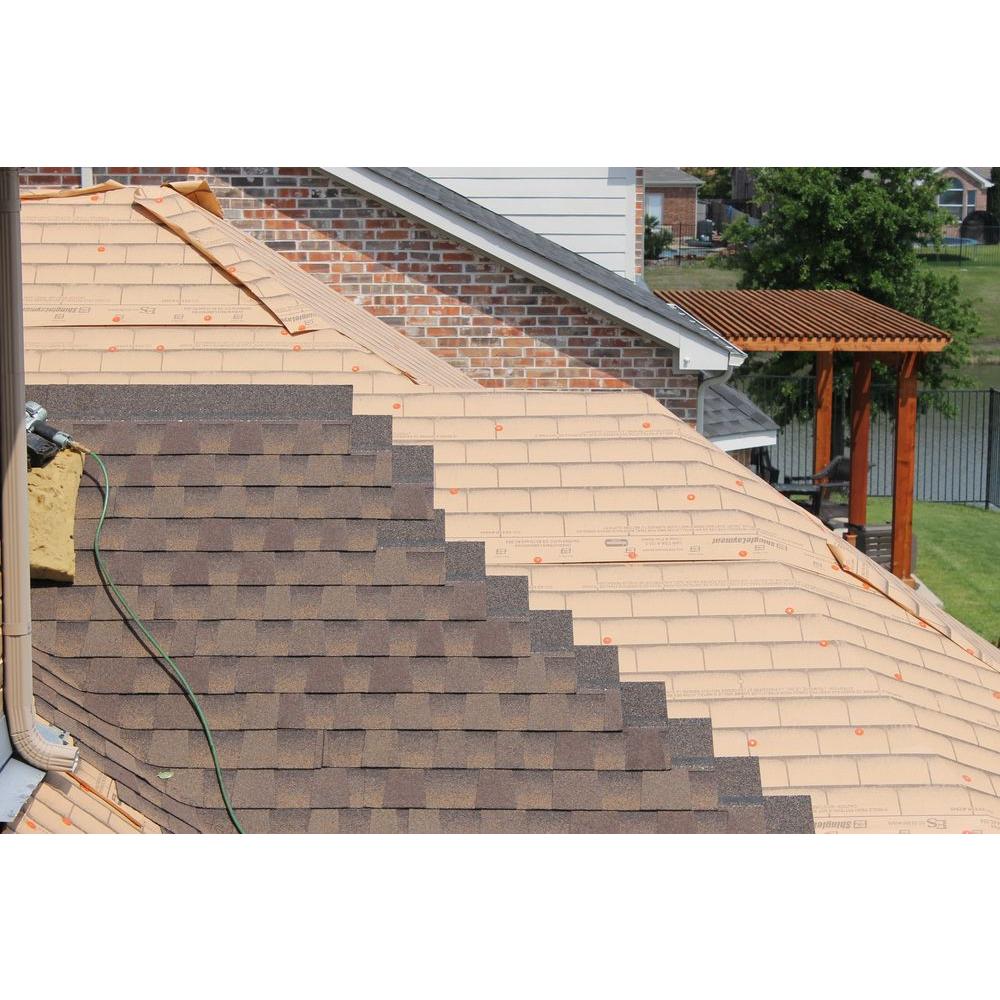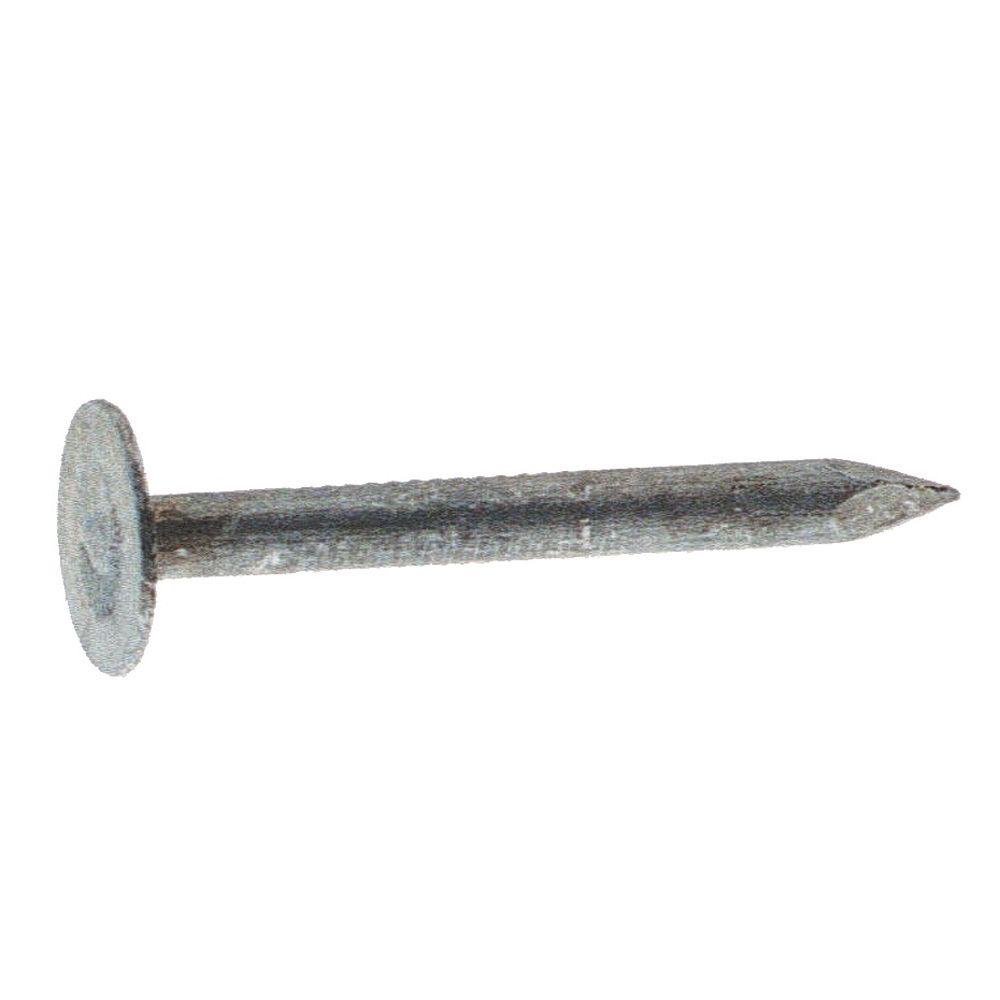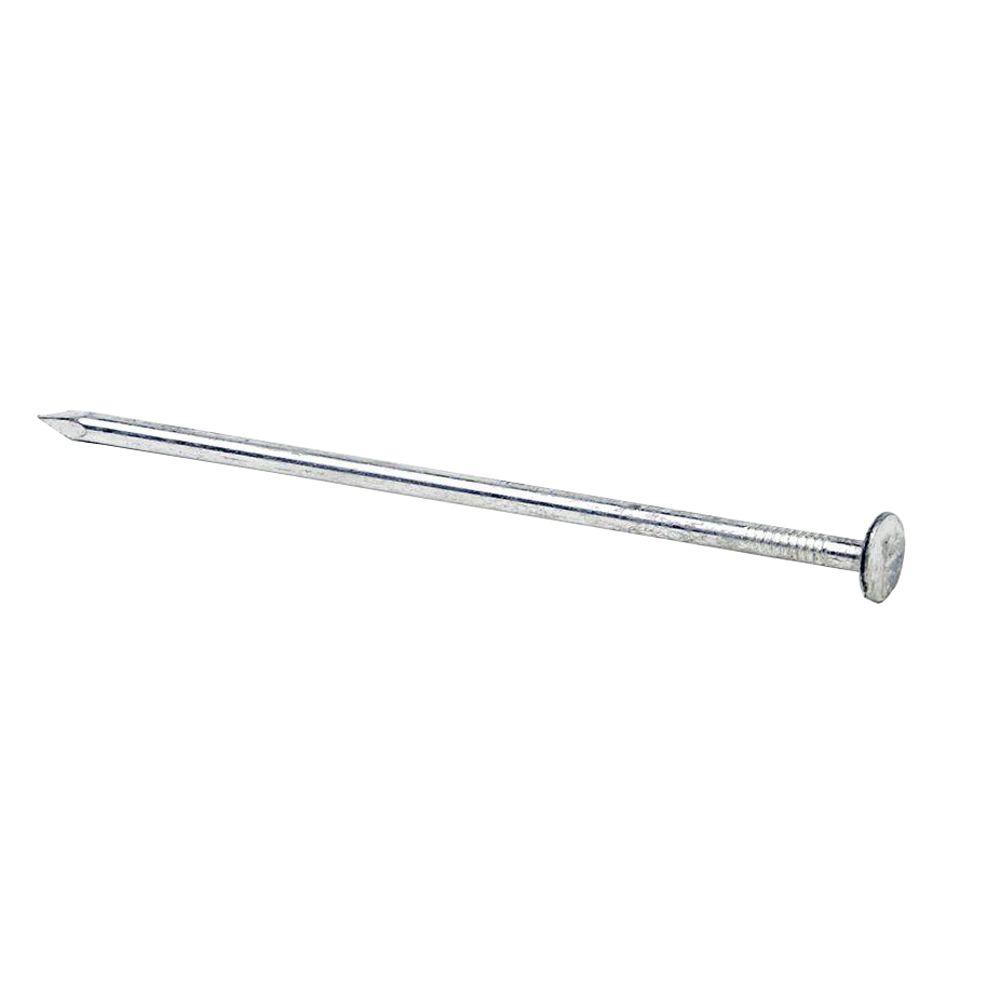Of a little known fact but most cement board manufacturers want fiberglass alkaline resistant mesh tape embedded in thinset mortar over the backer board seams.
Roofing nails with thinset mortar.
While nailing the cement board down the spacing should be approximately 8 inches apart.
If special screws aren t available attach the cement board with 1 1 2 in.
Hot dipped galvanized roofing nails.
Apr 15 2016 yes thinset will bond to plywood however the thinset under a backer board is really just a filler that prevents hollow gaps that can flex when walked on the roofing nails are doing the actual holding if you want a good bond which is not needed look for a modified thinset approved for setting tile over plywood or mix liquid.
But this doesn t stop people from trying to use ring shank nails.
You ll still need to screw it down with deck screws 1 or 1 1 4 and avoid the joists or nail it down with roofing nails.
Then with 2 inch galvanized roofing nails nail through the cement board and into the floor joist cement board screws work as well.
With the cement board in place use a fiberglass mesh tape and a thin set mortar tape up all your seams.
When you squeeze the thin set mortar into this gap it will lock the two sheets together and strengthen the seam.
Gap between sheets of cement board.
A rapid setting and hardening cement to create concrete and mortar for all building repair and maintenance work extra rapid sets in just 30 minutes and is suitable for concrete drives and paths concrete steps fixing fence posts railings and copings.
Most cement board manufacturers require galvanized roofing nails or cement board screws.
The point of mortar under the hardibacker is to ensure even bedding and good support of the hardibacker.





























